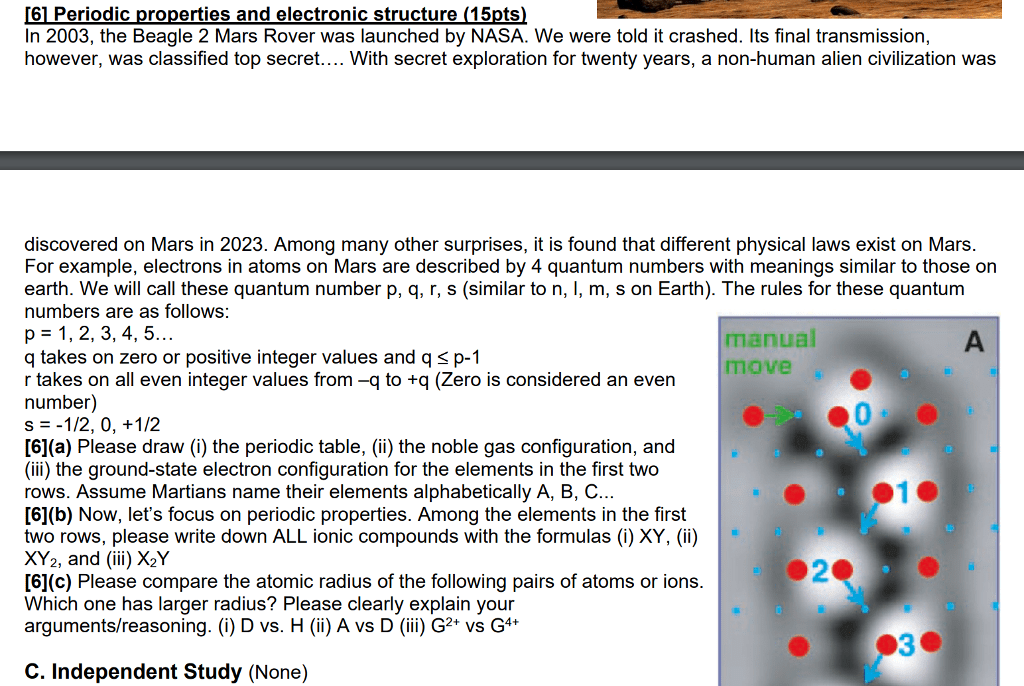Practice using EXCEL â Part of your Orientation Assignment toprepare for class on the first day.
Step by Step instructions on completing PR1-5B.
BEFORE STARTING TO WORK THE PROBLEM YOU NEED TO WRITEALL BALANCE FORMULAS.
To do so do the following in order.
Click on Cell D39. In D39 you will write a formula to add rowsD37 and D38. To do so do the following:
a) Start in Cell D39and press = sign
b) Highlight cellD37 by using your mouse to click on it or use the arrow keys tomove to that cell. When you do this you should see in D39 =D37
c) Now pressthe + sign then click on D38 or move with the arrows to cell D38.At this time, you should now see in cell D39 the formula=D37+D38
d) Now press theenter key.
e) Now you shouldsee an amount like 60,000 with a red star. DO NOT worry about thatred star right now.
f) Toverify you have written the formula correct press the F2 key. Whenyou do it should display the formula =D37+D38. Press the enter keyto return to display the amount. Note: when you do this the cellsD37 and D38 are highlighted in different colors that match thecolors of the font type for each cell.
g) Now you are readyto copy and paste this formula down column D to the BALANCE rowswhich are the odd numbered rows, in other words the formula goes toEVERY OTHER ROW not to all rows.
h) To copy theformula to memory, hold down the control key and press the C keyand then release the keys. You should now see a flashing black boxaround D39. This indicates to you that the cell D39 is in memoryand can now be pasted into the other odd number cells in columnD.
i) Nowarrow down two rows with the down arrow key. You should see thegreen box around D41 at this point.
j) Nowpaste by holding down the control key and press the letter V asthis will then paste the formula into cell D41.
k) Repeat thisprocess by arrowing down twice and then pressing control and V,release, then arrow down twice more, press control and V, release,arrow down etc until you have pasted the formula to every other rowin column D. Make sure those rows are only the BALANCE rows and arethe odd numbered cells.
l) Whenyou finish doing this you should see an amount like 60,000 with ared star in all the odd numbers rows in column D.
m) You now need to verifythat you did this correct. To do so hold down the control key andpress the ~ symbol then release all keys. The ~ key is on the toprow to the left of the number 1 key. At this point you should seenothing but formulas similar to the formula in D39 EXCEPT the rownumbers should have changed. For example, in D59 you should see theformula = D57+D58 where as in D45 you should see =D43+D44. Then toget back to the amount display press down and hold the control keyand press the ~ key.
n) Now you can copythe entire column D âGRAY BOXES with those formulas from column Dto all the other columns. To do so first highlight the entire grayboxes in row D from D38 to D59. Use your mouse to highlight ORclick on cell D38, hold down the shift key, use the down arrow tohighlight all the way down from D38 to D59.
o) Once highlightedyou will copy this column by pressing control and the letter C. Youshould see the flashing border box all around D38 to D59 and onlythose cells. Make sure you do not have any blue cells highlighted,just gray cell.
p) Now click on G38or use the right arrow key to move to G38 which now has the greensolid box outlined around G38.
q) Now press thecontrol key and letter V at the same time to paste the formulas.When you do you should now see an amount like 80,000 on the balancerows in Column G.
r) Repeat theabove step to columns J, M, P, S, V, Y, AB, AE, AH, HK, AN, AN andAT. DO NOT STOP before you get to column AT. If you lose theflashing box around column D, just highlight again and copy usingcontrol and the letter C.. In several columns you will see noamounts but rather a â instead. This simply means the balance is 0at this time.
s) Now verifythat you did a great job copying and pasting the formulas by againholding down the control key and press the symbol ~ to reveal allthe formulas. Press them again, and the display toggles back to theamounts and dashes.
This copy and pasting of the formulas will save you hours oftimes writing them over and over.
This is the end to the Excel Practice Exercise to get familiarwith Excel. SAVE this work, you will need to use it in Chapter 1homework.



